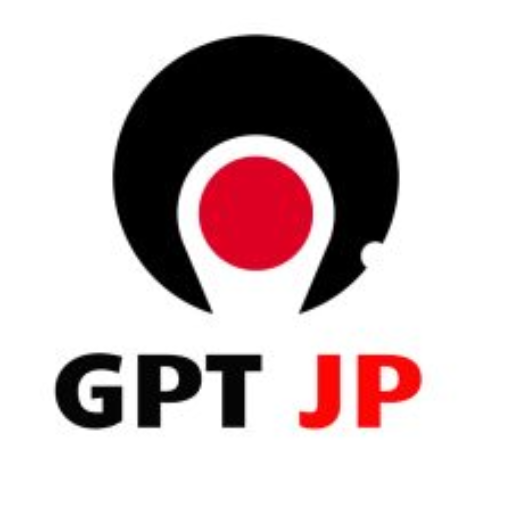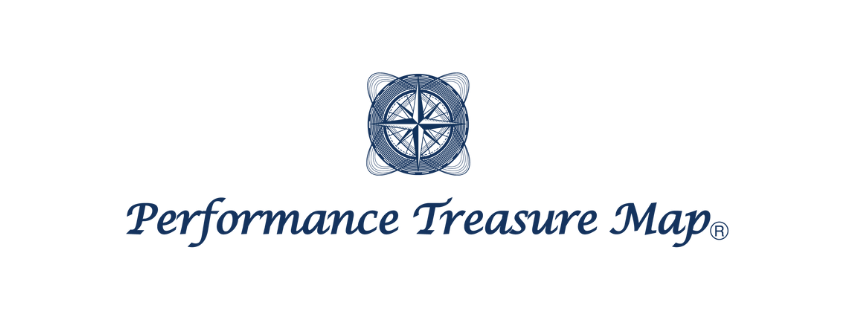Thank you for visiting our blog!
In this blog, we will introduce the “Corrective & Preparation Exercise,” which is the final destination achieved by subdividing the first map, the Original K-Map, within the Performance Treasure Map.
We will explain not only the objectives, procedures, and precautions of each exercise but also:
- The principles behind conducting the exercises
- How they are linked to performance (the ‘treasure’)
Our aim is to help you gain a deeper understanding of each exercise.

We hope that after reading this blog, it will assist you when prescribing exercises to your clients and athletes!
Today, we are introducing “Ankle Mobility”!

- Classification of Exercises in the Original K-Map
- Principles and Fundamentals
- Connection with Performance
- Ankle Mobility
Classification of Exercises in the Original K-Map
When we break down the factors of performance, they can be classified as follows:
Range of Motion Muscle Function Technique
We link each exercise to these categories.
“Ankle Mobility” is primarily used for
Range of Motion
and we will explain why.
Principles and Fundamentals
First, let’s start with the fundamental principles of the exercises.
The key principle here is the “Joint by Joint Theory,” which we introduced in a previous blog!
▼Joint by Joint Theory【General Principle】

There are joints responsible for mobility and those responsible for stability in the human body, connected in a chain-like manner, as shown in the diagram.

It is crucial that each joint fulfills its intended role. If it deviates, it places stress on the joints, muscles, and body.
Connection with Performance
Ankle Mobility and Injury Risk
When a person stands or moves, the only point of contact with the ground is the soles of the feet. The joint closest to the ground, which plays a mobility role, is the ankle joint.
For example, if the “mobility” function of the ankle joint fails during a squat, the knee joint, which is responsible for “stability,” is forced to handle both “mobility” and “stability,” making proper control impossible.
As a result, stress is placed on the knee and hip joints, increasing the risk of injury due to excessive stress on the joints and ligaments.
Using Ground Reaction Force
By utilizing the force from the ground, we move and, in the case of athletes, demonstrate high performance.

Using the force from the ground can be rephrased as ‘utilizing your own body weight.’
For instance, when throwing a ball, the force received from the ground is transferred in sequence from the soles of the feet to the ankles, hips, torso, arms, and finally to the fingertips, allowing an explosive amount of power to be exerted.
If ankle mobility is insufficient, you cannot balance properly on the entire sole of the foot, leading to energy loss. Therefore, it’s essential to ensure proper mobility.
Ankle mobility exercises are effective for improving the range of motion of the ankle joint.
Ankle Mobility

Purposes
Improving ankle joint mobility
Starting Position
Align your feet in a straight line, with the toes of the back foot touching the heel of the front foot.
Procedure
Hold a support bar to balance yourself. Keep the heel of the back foot on the ground as you slowly squat down.
Points to Note
Make sure the soles of both feet remain flat on the ground.
Ensure that the back knee does not touch the front foot.
Gradually squat deeper.

以下は、あなたが提供してくれた文章の英訳です。
Ankle Mobility [Explanation]
Corrective & Preparation
2022.03.12
Approx. 4-minute read
Thank you for visiting our blog!
In this blog, we will introduce the “Corrective & Preparation Exercise,” which is the final destination achieved by subdividing the first map, the Original K-Map, within the Performance Treasure Map.
We will explain not only the objectives, procedures, and precautions of each exercise but also:
- The principles behind conducting the exercises
- How they are linked to performance (the ‘treasure’)
Our aim is to help you gain a deeper understanding of each exercise.
Inoue
We hope that after reading this blog, it will assist you when prescribing exercises to your clients and athletes!
Today, we are introducing “Ankle Mobility”!
YouTube
Share the videos you create with friends, family, and people all around the world
Contents
- Classification of exercises in the Original K-Map
- Principles
- Connection with performance
- Ankle mobility and injury risk
- Harnessing energy from the ground
- Ankle Mobility
- Objectives
- Starting position
- Procedure
- Points to note
- Conclusion
Classification of Exercises in the Original K-Map
When we break down the factors of performance, they can be classified as follows:
- Range of Motion
- Muscle Function
- Technique
We link each exercise to these categories. “Ankle Mobility” is primarily used for Range of Motion, and we will explain why.
Principles
First, let’s start with the fundamental principles of the exercises.
The key principle here is the “Joint by Joint Theory,” which we introduced in a previous blog!
▼Joint by Joint Theory [Principles]
Joint by Joint Theory [Principle ①]
The “Joint by Joint Theory” is a globally recognized rule in the fields of physical therapy and strength training. It explains the fundamental principles behind the exercises in the Performance Treasure Map.
There are joints responsible for mobility and those responsible for stability in the human body, connected in a chain-like manner, as shown in the diagram.
It is crucial that each joint fulfills its intended role. If it deviates, it places stress on the joints, muscles, and body.
Connection with Performance
Ankle Mobility and Injury Risk
When a person stands or moves, the only point of contact with the ground is the soles of the feet. The joint closest to the ground, which plays a mobility role, is the ankle joint.
For example, if the “mobility” function of the ankle joint is compromised during a squat, the knee joint, which is responsible for “stability,” is forced to handle both “mobility” and “stability,” making proper control impossible.
As a result, stress is placed on the knee and hip joints, increasing the risk of injury due to excessive stress on the joints and ligaments.
Harnessing Energy from the Ground
By utilizing the force from the ground, we move and, in the case of athletes, demonstrate high performance.
Inoue
Using the force from the ground can be rephrased as ‘utilizing your own body weight.’
For instance, when throwing a ball, the force received from the ground is transferred in sequence from the soles of the feet to the ankles, hips, torso, arms, and finally to the fingertips, allowing an explosive amount of power to be exerted.
If ankle mobility is insufficient, you cannot balance properly on the entire sole of the foot, leading to energy loss. Therefore, it’s essential to ensure proper mobility.
Ankle mobility exercises are effective for improving the range of motion of the ankle joint.
Ankle Mobility
YouTube
Share the videos you create with friends, family, and people all around the world
Objectives
Improving ankle joint mobility
Starting Position
Align your feet in a straight line, with the toes of the back foot touching the heel of the front foot.
Procedure
Hold a support bar to balance yourself. Keep the heel of the back foot on the ground as you slowly squat down.
Points to Note
- Make sure the soles of both feet remain flat on the ground.
- Ensure that the back knee does not touch the front foot.
- Gradually squat deeper.
Conclusion
In this post, we introduced “Ankle Mobility.”
The foot is the only joint in contact with the ground. It is crucial to ensure mobility to maintain the kinetic chain.

Next time, we will introduce “Rockback”!
Please look forward to it!
▼For more information on PTM and K-Map, click here:
▼To purchase the Original K-Map, click here:

This post is also available in ja.


